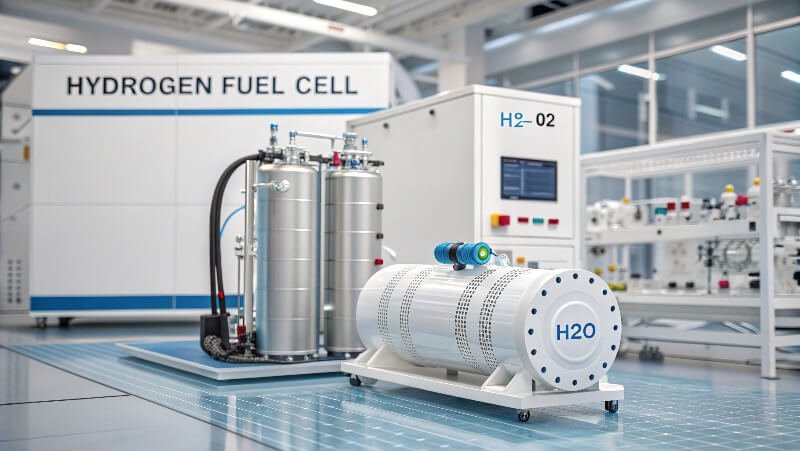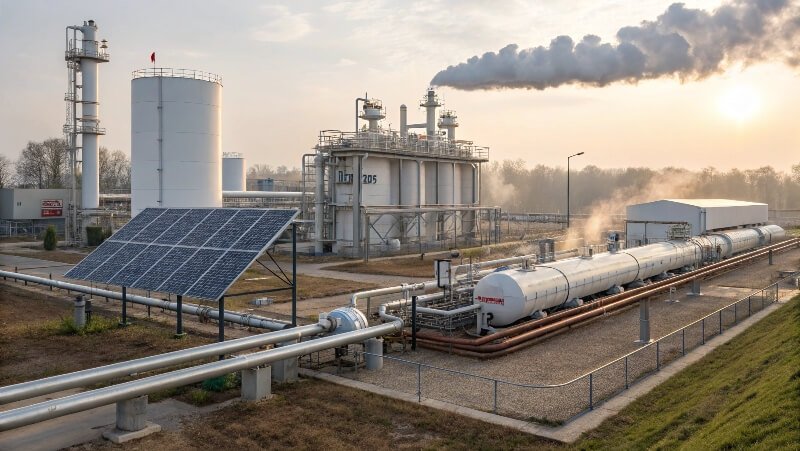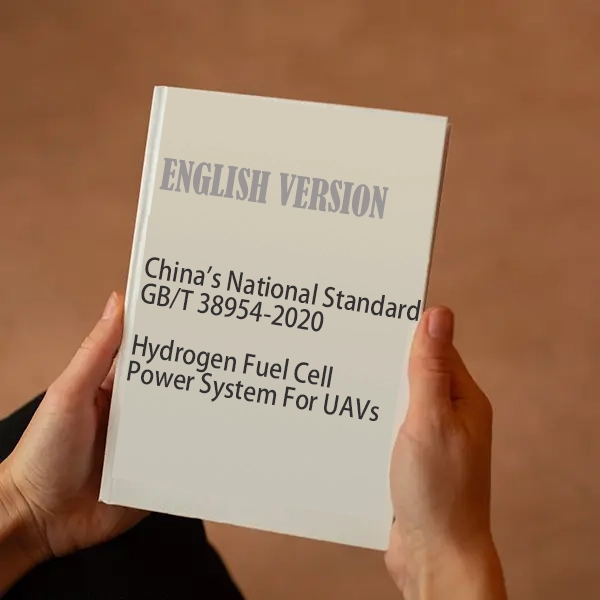Many people are excited about hydrogen, but few understand how it actually powers things.
Hydrogen power works by converting hydrogen into electricity using a fuel cell, often producing only water as a byproduct.
If you’re wondering whether hydrogen is just hype or the future of clean energy, I’ll break it all down simply. Hydrogen power is a clean energy solution, but how we get and use it matters.

Hydrogen power is always green.True
It depends on how the hydrogen is produced—green hydrogen is clean, but gray hydrogen involves fossil fuels.
Hydrogen fuel cells emit carbon dioxide.True
They emit only water if pure hydrogen is used.
Where Can Hydrogen Be Found in Nature?
Hydrogen is the most abundant element in the universe, but that doesn’t mean we can just scoop it up easily.
Hydrogen is found in compounds like water and hydrocarbons, not as a free element in large amounts.

Hydrogen in Earth’s Crust, Oceans, and Atmosphere
Hydrogen does not exist naturally in its pure form in large quantities on Earth. It’s usually bound to other elements, like in water (H₂O) or methane (CH₄). Extracting it requires energy input. For instance:
| Source | Form Found | Extraction Method |
|---|---|---|
| Water | H₂O | Electrolysis |
| Natural Gas | CH₄ | Steam Methane Reforming (SMR) |
| Biomass | Organic Compounds | Gasification or Fermentation |
Free hydrogen (H₂) is rarely found because it’s so light that it escapes Earth’s gravity into space. In deep underground pockets or volcanic areas, traces may exist, but not in extractable volumes.
Hydrogen can be mined directly from the earth.True
It exists mostly in bonded forms and needs to be separated through chemical processes.
Water is the most common hydrogen source.True
Through electrolysis, water can be split into hydrogen and oxygen.
What’s the Cheapest Way to Produce Hydrogen?
Hydrogen sounds futuristic, but making it can be expensive—unless you pick the right method.
The cheapest way to produce hydrogen today is steam methane reforming1 (SMR), though it’s not eco-friendly.

Comparing Hydrogen Production Methods
Steam Methane Reforming (SMR) is the most cost-effective method, but it emits CO₂. This method involves reacting natural gas with steam to produce hydrogen. Alternatives like electrolysis use electricity to split water and are cleaner when powered by renewables.
| Method | Cost (USD/kg H₂) | Emissions | Scalability |
|---|---|---|---|
| Steam Methane Reforming | $1–2 | High CO₂ output | High |
| Electrolysis (Solar) | $4–6 | Low (if solar) | Moderate |
| Biomass Gasification | $2–3 | Moderate | Regional |
Electrolysis is getting cheaper as renewables grow, but SMR still dominates because of low cost and established infrastructure.
Electrolysis is the cheapest way to make hydrogen.True
Electrolysis is cleaner, but currently more expensive than SMR.
Most hydrogen today is made from natural gas.True
Over 90% of global hydrogen production uses fossil fuels.
Is Hydrogen Energy Cheaper Than Solar?
Cost matters when scaling clean energy, so how does hydrogen stack up against solar?
No, hydrogen is not currently cheaper than solar for electricity generation.

Breaking Down the Cost Differences
Solar is currently cheaper for direct electricity generation than using hydrogen. That’s because solar panels convert sunlight directly to electricity, while hydrogen involves extra steps—production, storage, and conversion in a fuel cell.
| Technology | Levelized Cost ($/kWh) | Efficiency (%) | Energy Loss |
|---|---|---|---|
| Solar PV | $0.03–0.06 | ~20% | Minimal |
| Hydrogen (electrolysis + fuel cell) | $0.10–0.20 | ~40% total | High |
Hydrogen makes more sense for energy storage and transport, especially when electricity can’t be used right away. But for direct power use, solar is simpler and cheaper.
Hydrogen is more efficient than solar.True
Hydrogen has lower overall energy efficiency compared to direct solar usage.
Hydrogen and solar can complement each other.True
Hydrogen can store excess solar energy for later use.
What’s the Biggest Challenge With Using Hydrogen as Fuel?
Hydrogen has huge promise, but one key problem keeps it from widespread use.
The main challenge is storage and transportation—hydrogen is bulky and leaks easily.
[^2]](https://hydrogician.com/wp-content/uploads/2025/05/The-Main-Problem-with-Hydrogen-Storage-and-Safety-Risks.jpg)
Understanding Hydrogen’s Storage Dilemma
Hydrogen has low energy density by volume, making it hard to store and move. It needs to be compressed to high pressure or liquefied at -253°C. Both require complex systems and energy. Even then, hydrogen can escape through tiny leaks.
| Challenge | Explanation |
|---|---|
| Low volumetric energy | Needs large tanks or high compression |
| Storage costs | Expensive cryogenic or high-pressure systems |
| Safety concerns | Flammable, invisible flame, embrittlement of metals |
These factors make hydrogen logistics much harder than natural gas or batteries.
Hydrogen can be stored like natural gas.True
It requires much higher pressure or cryogenic systems.
Hydrogen is extremely energy-dense by volume.True
It’s energy-dense by weight, but not by volume.
Why Isn’t Hydrogen Used in Homes?
We hear about hydrogen cars and planes, but why not hydrogen-powered kitchens?
Hydrogen isn’t used in homes because of cost, safety, and infrastructure limitations.

Barriers to Residential Hydrogen Use
Using hydrogen in homes would require replacing existing appliances, pipelines, and safety protocols. Natural gas systems can’t be easily converted to handle hydrogen’s different properties. Hydrogen is also more prone to leaks and requires better detectors.
| Factor | Barrier |
|---|---|
| Infrastructure | Existing pipelines not hydrogen-ready |
| Safety | Higher flammability, small molecule |
| Cost | Fuel and equipment more expensive |
While pilot programs exist, we’re far from using hydrogen widely at home.
Hydrogen can replace natural gas in homes overnight.True
It requires massive infrastructure changes and safety upgrades.
Hydrogen can be blended into gas grids.True
Up to a certain percentage, hydrogen can be mixed into existing gas pipelines.
Conclusion
Hydrogen power holds great potential, but it’s not a magic solution. Understanding how it’s made, used, and its limits helps us see where it truly fits in a clean energy future.
-
Learn about steam methane reforming, the most cost-effective method for hydrogen production, and its environmental implications. ↩



